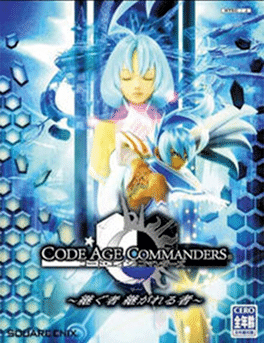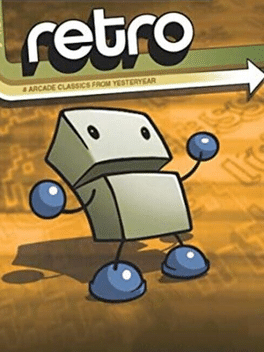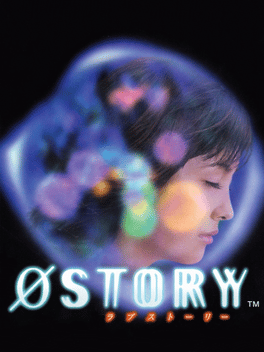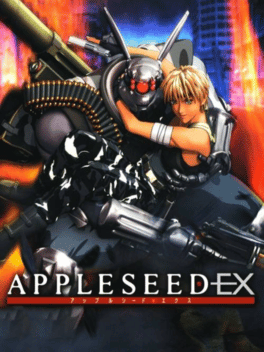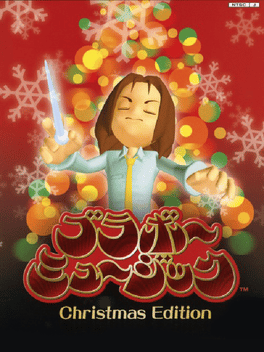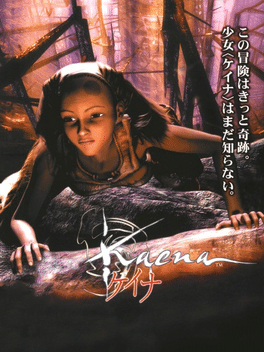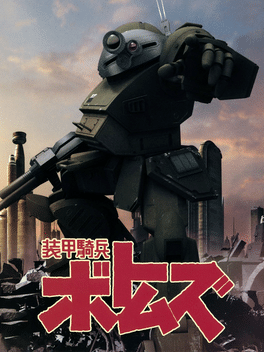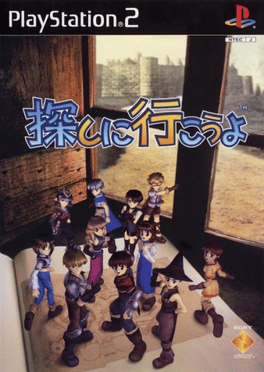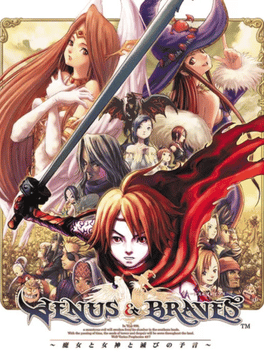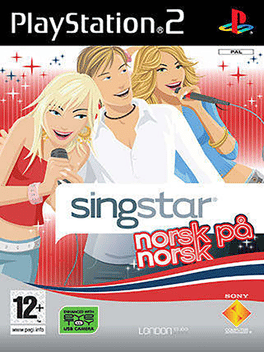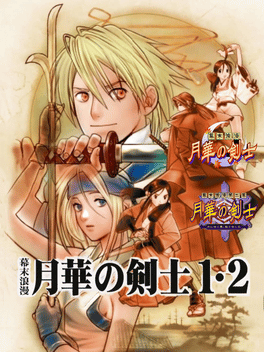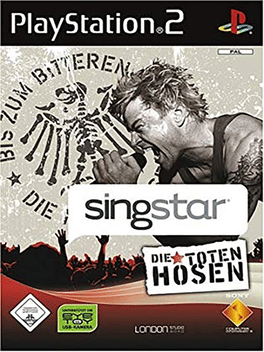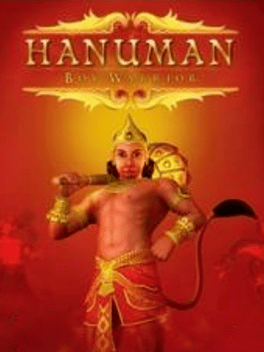Most Popular Playstation 2 Games - Page 55
-
Code Age Commanders: Tsugu Mono Tsugareru Mono
2005
Code Age Commanders is an action role-playing game, It is part of the Code Age series, a franchise designed to span different interweaved titles in multiple platforms and media. Set in an "intraglobular world", a fictional hollow world , with people living on its internal surface. The center of the sphere is occupied by the "Central Code", a spherical structure which goes through a transformation called "Reborn" about every ten thousand years, destroying all life on the globe and allowing for the birth of a new one. -
Zombie Attack!
2004
-
Retro
Eight arcade classics 3D-fied. Includes: Bounce 'n Break Bubble Puzzle Gobbler Hopper Laser Command Light Racer Roids Galaxy Warz -
Love Story
2000
Love Story
2000
ØSTORY (Love Story) is a full-motion video adventure about a dead man after a motorcycle accident. Then appears the Japanese Angel of Love, who gives them a second chance, so long as Rina falls in love with them in 6 days. Developed by General Entertainment and published by Enix in 2000. -
Appleseed EX
2007
Appleseed EX
2007
Based on the CG update of Shirow Masamune's manga and anime classic, this action-packed game features both gun action and fighting with eS.W.A.T officer Deunan and cyborg-conversion partner Briareos. Appleseed EX also leads into the 2007 movie sequel, Appleseed [EX Machina]. -
Azumi
2005
-
Bravo Music: Christmas Edition
2001
Bravo Music Christmas Edition is the first sequel of the musical adventure game starring a brave conductor of an orchestra fighting off the town's worries with his music. This version features a Christmas theme in its story and music. -
Deep Water
2004
Deep Water
2004
Deep Water is a single player action shooter game set in a post-apocalyptic world where the atmosphere has changed after an unspecified disaster. You now take on the role of a young man named El Shipak who hunts sea monster for a living. Six months ago Shipak has sighted a special monster and he is now obsessed with hunting it down. Gameplay includes sailing around the oceans with El Shipaks boat. In the Oceans are floating harbors where supplies like fuel and ammo can be bought to hunt down the monster. Here the player can also buy better guns and upgrade his ship. At the harbor the player can also take on missions. Missions usually involve sailing to a certain area and gunning down enemies from the deck of your ship. Maneuvering the ship and fighting off the enemies can’t be done at the same time. If fighting enemies the player can move freely across the deck of the ship. -
Kaena
2004
-
Soukou Kihei Votoms
2007
Soukou Kihei Votoms
2007
Soukou Kihei Votoms (装甲騎兵ボトムズ) is a Action video game published by Bandai released on November 15, 2007 for the Sony PlayStation 2. -
Rollercoaster World
2003
Rollercoaster World
2003
Rollercoaster World is an Theme Park or Rollercoaster Tycoon style game, where you build your own amusement park and its rollercoasters and you have to end each month with money on the account. The rollercoasters are designed in a four window 3D view, in the style of many 3D model editors. -
Sagashi ni Ikouyo
2001
Sagashi ni Ikouyo
2001
You are a young adventurer, looking for challenge. Travel through deep dungeons and battle those who would seek to stop you. A large cast of characters aid and propel players in this treasure hunting, monster battling adventure game. Magic, weaponry and team cooperation will see them through their quests. -
Venus & Braves: Majo to Megami to Horobi no Yogen
2003
Venus & Braves: Majo to Megami to Horobi no Yogen is a tactical role-playing game developed by Namco for the PlayStation 2. A pseudo-sequel to the 2-dimensional RPG Seven: Cavalry Troop of Molmorth, it takes place in the same fantasy world. -
Singstar: Norsk på Norsk
2006
The Norwegian SingStar edition contains both material from the international edition and hits by Norwegian artists. Gameplay undergoes no major changes. -
Rozen Maiden: Gebetgarten
2007
"Rozen Maiden: Gebetgarten" is the sequel to "Rozen Maiden: Duellwalzer" for the Playstation 2. The game features 3D aerial battles and visual novel segments following the story of the second season of the Rozen Maiden anime, "Rozen Maiden: Träumend". -
Bakumatsu Roman: Gekka no Kenshi 1+2
2006
This is a compilation of the two games in The Last Blade series released by SNK Playmore only in Japan. -
SingStar: Die Toten Hosen
2007
In time for the band's 25th anniversary, legendary German punk rockers Die Toten Hosen get their own edition of Sony's popular karaoke series. -
Lifeline
2003
Lifeline
2003
A survival horror where you play as the operator by verbally guiding the protagonist, Rio, through the dangers of an alien invasion on a space hotel. You are locked in the monitor room with remote access to computers and cameras, through which you can follow Rio. You two must navigate the perils and find your girlfriend, Naomi. Almost all gameplay is by voice activation through a headset. -
Hanuman: Boy Warrior
2009
Hanuman: Boy Warrior
2009
Hanuman: Boy Warrior is a 3D action game in which have to save the world and play as Hanuman an immortal being from Hinduism that has the appearance of a human with an ape face. The game offers nine levels in which you have to defeat several creatures from Indian mythology. Hanuman is armed with a big mace and has the ability to jump and swing from rope to rope. Besides the normal attacks he can also preform special attacks.
